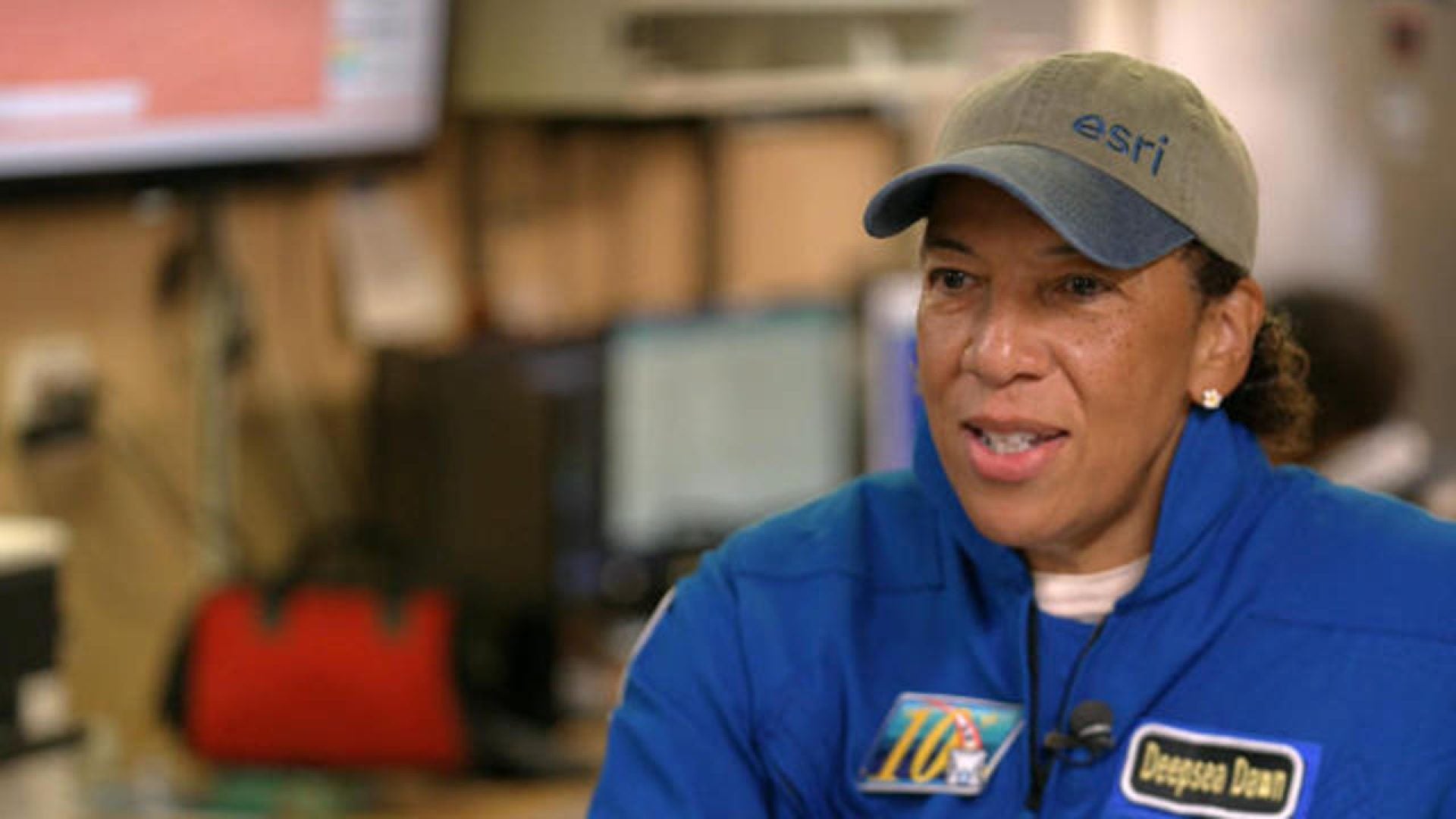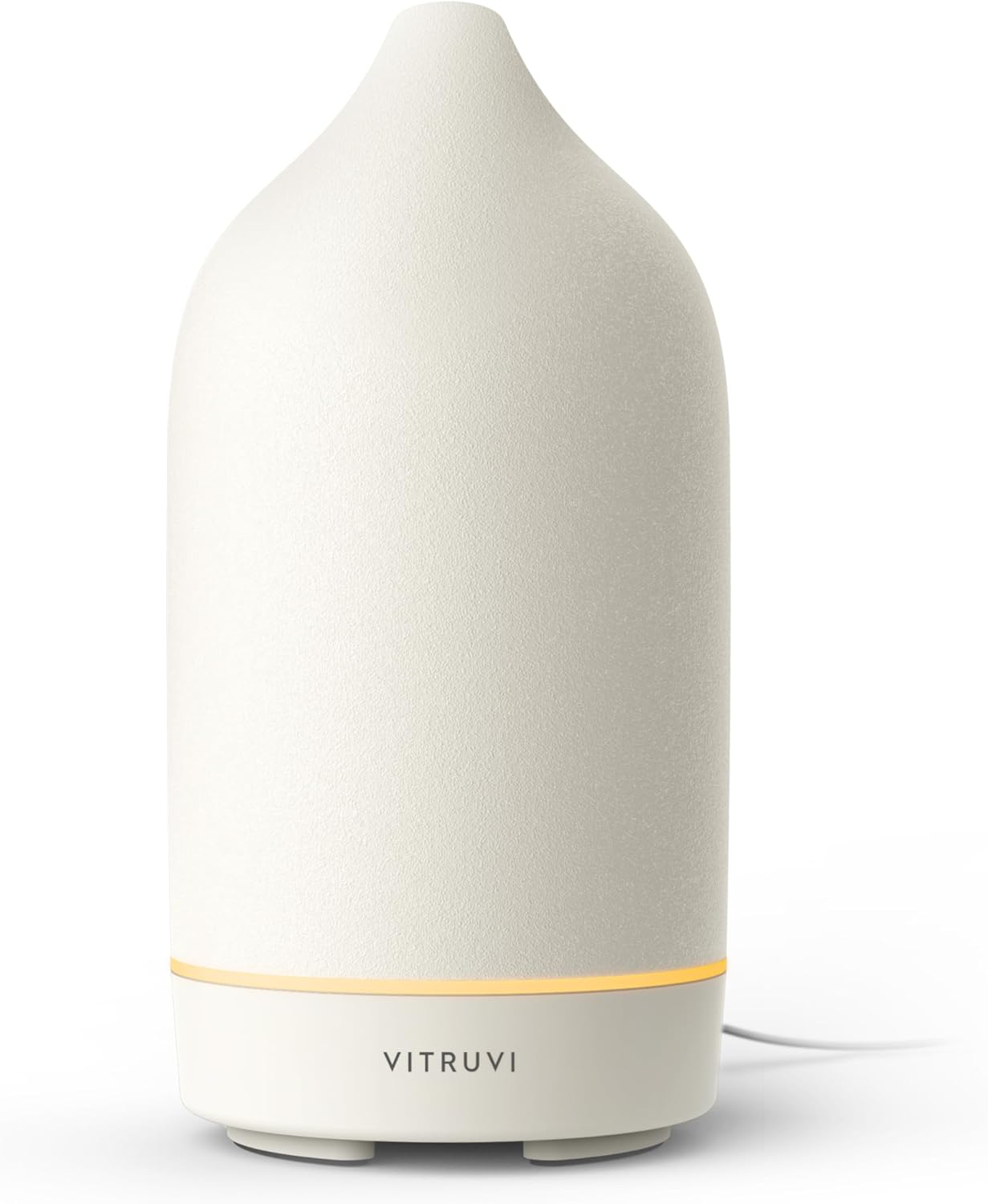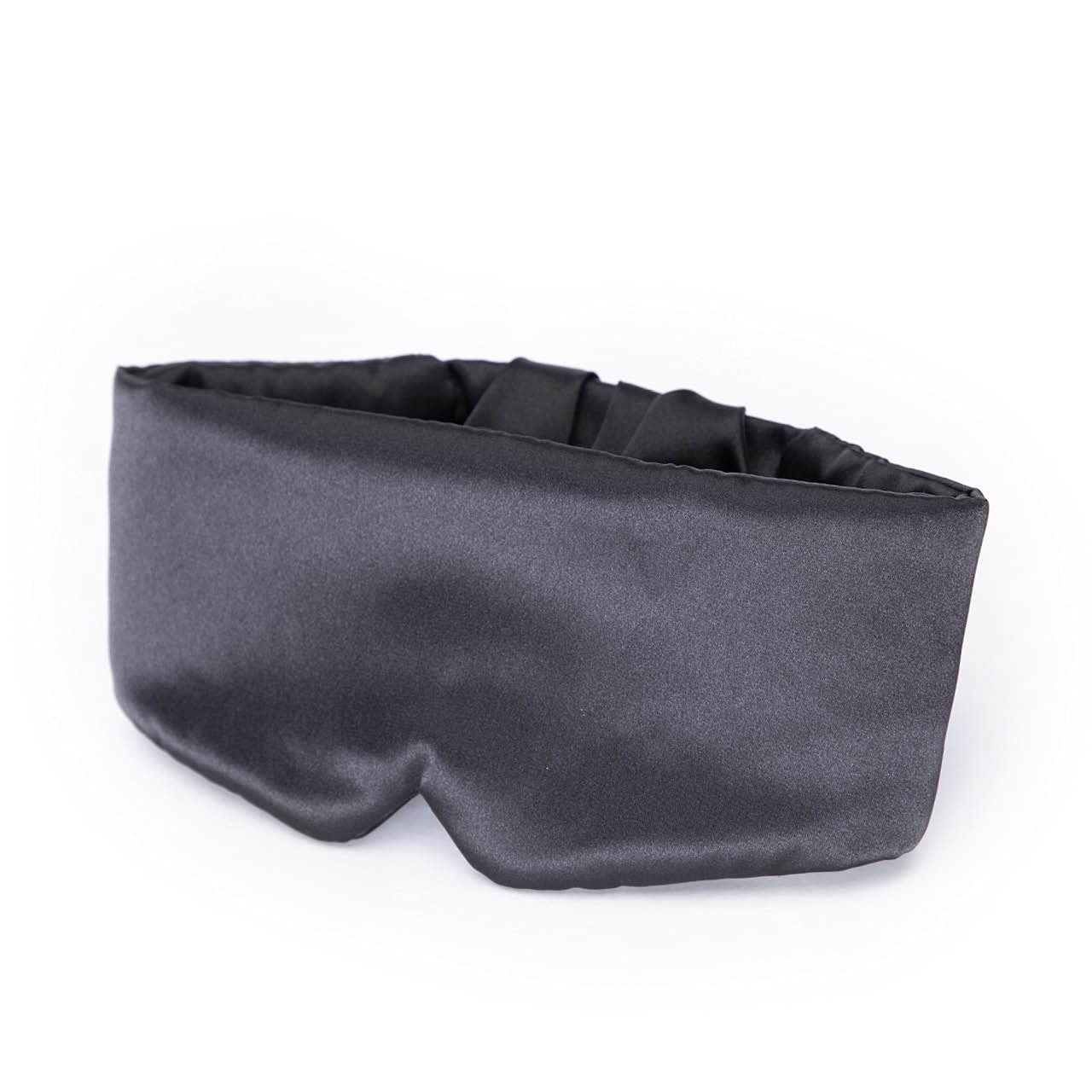
An oceanographer, known as “Deep-Sea Dawn” has gone where no other Black person has ever gone before.
At 61, Dawn Wright descended to the planet’s deepest point to bring back the first high-resolution mapping of Challenger Deep. Wright, a specialist in marine geology and geography at the Environmental Systems Research Institute is the 27th person to travel to the Challenger Deep. The fifth woman overall.
Wright, who grew up in Maui, Hawaii told CBS News, the dream to become an oceanographer stemmed from the Apollo 11 Mission. “If those men could land on the moon, I thought, ‘Why can’t I go the opposite direction and explore the oceans?’” she told the outlet.
As expected Wright struggled in her career throughout the 70s and 80s as there weren’t many women oceanographers, and even less who were Black.
“I spent several years at sea as a marine technician. And there were men on the ship that I was on who didn’t believe that women should be there,”she told CBS. “That is the story, an age-old story. It’s still an issue.”
The first trip into the Challenger Deep was more than 50 years ago. According to National Geographic, in 1960, Jacques Piccard and Navy Lt. Don Walsh reached this location in a U.S. Navy submersible called the Trieste. The descent was five hours and the duo spent only a scant 20 minutes at the bottom. They were unable to capture images as the ocean floor was too cloudy.







In 2022, after 10 hours at the planet’s deepest point, Wright returned to land with images. Thanks to the side-scan sonar, Wright completed her task to bring back the first high-resolution mapping of Challenger Deep. Currently, less than a quarter of the global seafloor is mapped “to sufficient detail,” Wright said.
Last year, the United Nations pledged to change that and set a goal to have at least 80 percent of the seabed mapped by 2030.





